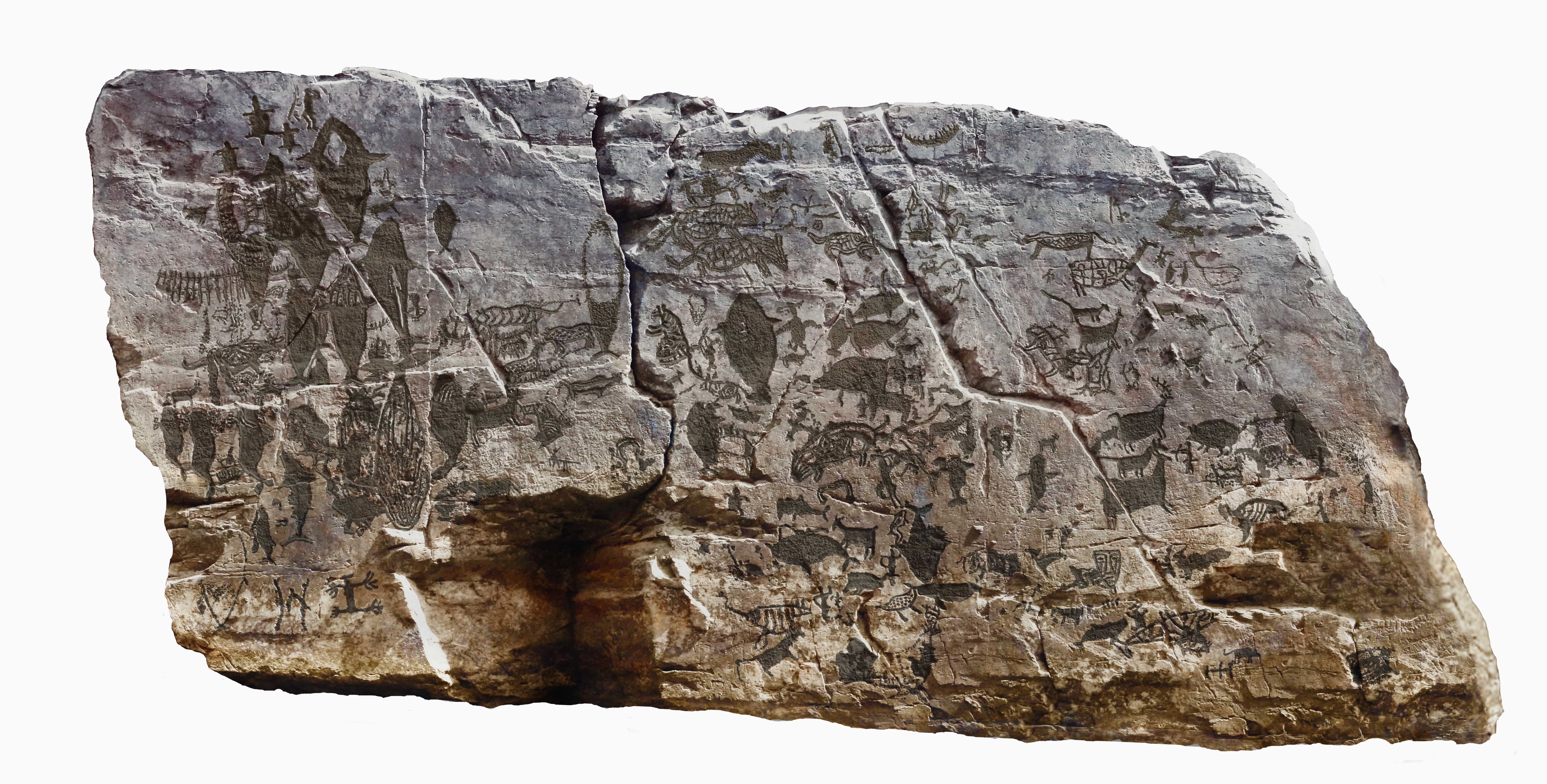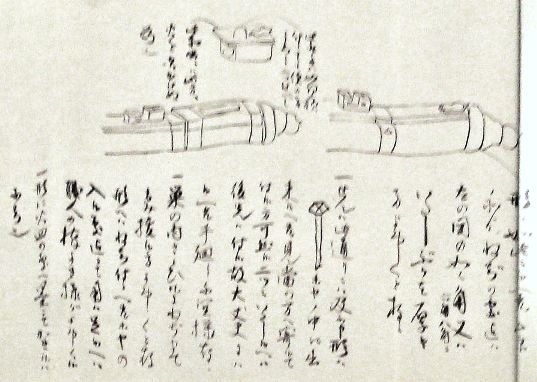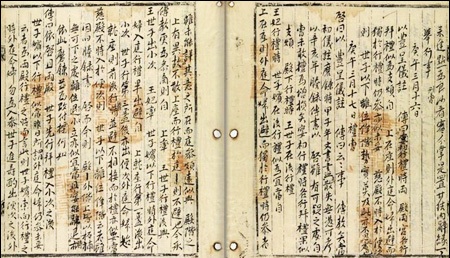|
Korean Cannon
Cannons appeared in Korea by the mid 14th century during the Goryeo, Goryeo dynasty and quickly proliferated as naval and fortress-defense weapons. Major developments occurred throughout the 15th century, including the introduction of large siege mortars as well as major improvements that drastically increased range, power, and accuracy. The Japanese invasions of Korea (1592–98), Imjin War in the 1590s marked the beginning of a Korean military revolution which saw improvements in cannon design and the introduction and adaptation of foreign-based firearms. This included the ''en masse'' adoption of muskets and the adoption of volley fire and rigorous drill techniques. Breech-loading swivel guns were particularly popular as light anti-personnel artillery. With the rising threat of European powers in the 19th century, the Joseon, Joseon dynasty made attempts at reverse-engineering European firearms but eventually had to simply buy them from foreign entities. Early history The earli ... [...More Info...] [...Related Items...] OR: [Wikipedia] [Google] [Baidu] |
Panokseon
Panokseon ("board roofed" ship) was an oar and sail propelled ship that was the main class of warship used by Joseon during the late 16th century. The first ship of this class was constructed in 1555. It was a ship made of sturdy pine wood, and was instrumental in the victories over the numerically superior Japanese Navy during the Japanese invasions of Korea (1592–98). Admiral Yi Sun-sin (1545–1598) of the Joseon navy employed them alongside turtle ships during the war with great success. A key feature of a panokseon was its multiple decks. The first deck had non-combatant personnel, such as the rowers, who were positioned between the lower deck and the upper deck, away from enemy fire. The combatant personnel were stationed on the upper deck, which allowed them to attack the enemy from a higher vantage point. The panokseon also had a raised roofed observation platform where the commander stood. Characteristics In line with the traditional structure of Korean ships, the ... [...More Info...] [...Related Items...] OR: [Wikipedia] [Google] [Baidu] |
Korean Inventions
This is a list of Korean inventions and discoveries; Koreans have made contributions to science and technology from ancient to modern times. In the present, South Korea plays an active role in the ongoing Digital Revolution, with one of the largest electronics industries and most innovative economies in the world. Agriculture * Soybean cultivation : The first unambiguously domesticated, cultigen-sized soybean was discovered in Korea at the Mumun-period Daundong site. * Heated greenhouse : The first description of a heated greenhouse is from the '' Sanga Yorok'', a treatise on husbandry compiled by a royal physician of the Joseon dynasty of Korea during the 1450s, in its chapter on cultivating vegetables during winter. The treatise contains detailed instructions on constructing a greenhouse that is capable of cultivating vegetables, forcing flowers, and ripening fruit within an artificially heated environment, by utilizing ''ondol'', the traditional Korean underfloor heating sys ... [...More Info...] [...Related Items...] OR: [Wikipedia] [Google] [Baidu] |
Firearms Of Korea
A firearm is any type of gun designed to be readily carried and used by an individual. The term is legally defined further in different countries (see Legal definitions). The first firearms originated in 10th-century China, when bamboo tubes containing gunpowder and pellet projectiles were mounted on spears to make the portable fire lance, operable by a single person, which was later used effectively as a shock weapon in the Siege of De'an in 1132. In the 13th century, fire lance barrels were replaced with metal tubes and transformed into the metal-barreled hand cannon. The technology gradually spread throughout Eurasia during the 14th century. Older firearms typically used black powder as a propellant, but modern firearms use smokeless powder or other propellants. Most modern firearms (with the notable exception of smoothbore shotguns) have rifled barrels to impart spin to the projectile for improved flight stability. Modern firearms can be described by their caliber (i.e. bo ... [...More Info...] [...Related Items...] OR: [Wikipedia] [Google] [Baidu] |
Early Firearms
{{disambiguation, geo ...
Early may refer to: History * The beginning or oldest part of a defined historical period, as opposed to middle or late periods, e.g.: ** Early Christianity ** Early modern Europe Places in the United States * Early, Iowa * Early, Texas * Early Branch, a stream in Missouri * Early County, Georgia Other uses * ''Early'' (Scritti Politti album), 2005 * ''Early'' (A Certain Ratio album), 2002 * Early (name) * Early effect, an effect in transistor physics * Early Records, a record label * the early part of the morning See also * Earley (other) Earley is a town in England. Earley may also refer to: * Earley (surname), a list of people with the surname Earley * Earley (given name), a variant of the given name Earlene * Earley Lake, a lake in Minnesota *Earley parser, an algorithm *Earley ... [...More Info...] [...Related Items...] OR: [Wikipedia] [Google] [Baidu] |
Cannon
A cannon is a large- caliber gun classified as a type of artillery, which usually launches a projectile using explosive chemical propellant. Gunpowder ("black powder") was the primary propellant before the invention of smokeless powder during the late 19th century. Cannons vary in gauge, effective range, mobility, rate of fire, angle of fire and firepower; different forms of cannon combine and balance these attributes in varying degrees, depending on their intended use on the battlefield. A cannon is a type of heavy artillery weapon. The word ''cannon'' is derived from several languages, in which the original definition can usually be translated as ''tube'', ''cane'', or ''reed''. In the modern era, the term ''cannon'' has fallen into decline, replaced by ''guns'' or ''artillery'', if not a more specific term such as howitzer or mortar, except for high-caliber automatic weapons firing bigger rounds than machine guns, called autocannons. The earliest known depict ... [...More Info...] [...Related Items...] OR: [Wikipedia] [Google] [Baidu] |
Artillery Of Japan
Artillery in Japan was first used during the Sengoku period in the 16th century; and its use has continued to develop. History 13th to 17th century Due to its proximity with China, Japan had long been familiar with gunpowder. Primitive cannons seem to have appeared in Japan around 1270, as simple metal tubes invented in China and called ''Teppō'' (鉄砲 Lit. "Iron cannon"). They don't seem to have been used extensively however, and cannon usage would only become major after the arrival of the Portuguese in 1543. A few light cannon pieces were used at the Battle of Nagashino in 1575, but the first cannons entirely made by the Japanese were cast a few months after the battle. They were bronze two-pounders, about 9 feet long, and were delivered to the warlord Oda Nobunaga. The first Japanese matchlock guns were designed by the Japanese after Tanegashima Tokitaka bought two matchlock guns from Portuguese adventurers who were aboard a Chinese junk ship in Tanegashima. Within ten ... [...More Info...] [...Related Items...] OR: [Wikipedia] [Google] [Baidu] |
Ganghwa Island Incident
The Ganghwa Island incident or the Japanese Battle of Ganghwa ( ko, 운요호 사건 ��揚號事件} ''Unyo-ho sageon'' meaning "'' Un'yō'' incident"; ja, 江華島 ''Kōka-tō jiken''), was an armed clash between the Joseon dynasty of Korea and Japan which occurred in the vicinity of Ganghwa Island on September 20, 1875. Background In the second half of the 19th century, the Korean Peninsula was the scene of a power struggle between several imperial powers, including the Russians and the French, as well as the Chinese and the Japanese. The Meiji Restoration of 1868 ended the 265-year-old feudalistic Tokugawa shogunate in Japan. The new government of Japan sent a messenger holding a letter with the sovereign's message which informed of the founding of a new administration of Japan to the government of Korea Joseon dynasty on December 19, 1868. However, the Koreans refused to receive the letter because it contained the Chinese characters 皇 ("royal, imperial") and 勅 ( ... [...More Info...] [...Related Items...] OR: [Wikipedia] [Google] [Baidu] |
United States Expedition To Korea
The United States expedition to Korea, known in Korea as the ''Shinmiyangyo'' () or simply the Korean Expedition, was the first American military action in Korea and took place predominantly on and around Ganghwa Island in 1871. The reason for the presence of the American land and naval force in Korea was to support an American diplomatic delegation sent to negotiate trade and political relations with the peninsular nation led by the American ambassador to China, Frederick Low, to ascertain the fate of the merchant ship ''General Sherman'', which had gone missing while visiting Korea in 1866. However, according to a ''National Interest'' article, Low's own records indicated the punitive campaign was motivated by a need to demonstrate American power over what he considered to be a weaker nation. Previously, the American commanders had felt entitled to be able to "peacefully" enter Korean waters for survey and trade using heavily armed warships and had ignored repeated diplomati ... [...More Info...] [...Related Items...] OR: [Wikipedia] [Google] [Baidu] |
French Campaign Against Korea
The French expedition to Korea (french: Expédition française en Corée, ) was an 1866 punitive expedition undertaken by the Second French Empire against Joseon Korea in retaliation for the execution of seven French Catholic missionaries. The encounter over Ganghwa Island lasted nearly six weeks. The result was an eventual French retreat, and a check on French influence in the region. The encounter also confirmed Korea in its isolationism for another decade, until Japan forced it to open up to trade in 1876 through the Treaty of Ganghwa. In contemporary South Korea it is known as the ''Byeong-in yangyo'', or "Western disturbance of the ''byeong-in'' year". Background Throughout the history of the Joseon dynasty, Korea maintained a policy of strict isolationism from the outside world (with the exceptions being interaction with the Qing dynasty and occasional trading with Japan through the island of Tsushima). However, it did not succeed entirely in sealing itself off ... [...More Info...] [...Related Items...] OR: [Wikipedia] [Google] [Baidu] |
Hendrick Hamel
Hendrick Hamel (1630 – 1692) was a Westerner to provide a first hand account of Joseon Korea. After spending thirteen years there, he wrote "Hamel's Journal and a Description of the Kingdom of Korea, 1653-1666," which was subsequently published in 1668. Hendrick Hamel was born in Gorinchem, Netherlands. In 1650, he sailed to the Dutch East Indies where he found work as a bookkeeper with the Dutch East India Company (VOC). In 1653, while sailing to Japan on the ship “De Sperwer” (The Sparrowhawk), Hamel and thirty-five other crewmates survived a deadly shipwreck on Jeju Island in South Korea. After spending close to a year on Jeju in the custody of the local prefect, the men were taken to Seoul, the capital of Joseon Korea, in June, 1655, where King Hyojong (r. 1649 to 1659) was on the throne. As was customary treatment of foreigners at the time, the government forbade Hamel and his crew from leaving the country. During their stay, however, they were given freedom to l ... [...More Info...] [...Related Items...] OR: [Wikipedia] [Google] [Baidu] |
Hongyipao
''Hongyipao'' (; vi, hồng di pháo) was the Chinese name for European-style muzzle-loading culverins introduced to China and Korea from the Portuguese colony of Macau and by the Hendrick Hamel expedition to Joseon in the early 17th century. Name The term "red barbarian cannon" derives from the weapons' supposed Dutch origins, as the Dutch were called "red haired barbarians" in southern China. However, the cannons were originally produced by the Portuguese at Macau, with the exception of two cannons dredged up from a Dutch ship in 1621. The Dutch ship may have been in fact an English ship and the cannons had English coats of arms. The English ship ''Unicorn'' sank near Macau. The Jurchens renamed the "red barbarian cannon" to "red coat cannon" () when it entered their arsenal because they found the term "barbarian" to be insulting, and were known as such in the Manchu Eight Banners. History Breech loading swivel cannons from Portugal entered the Chinese weaponry after a Mi ... [...More Info...] [...Related Items...] OR: [Wikipedia] [Google] [Baidu] |








